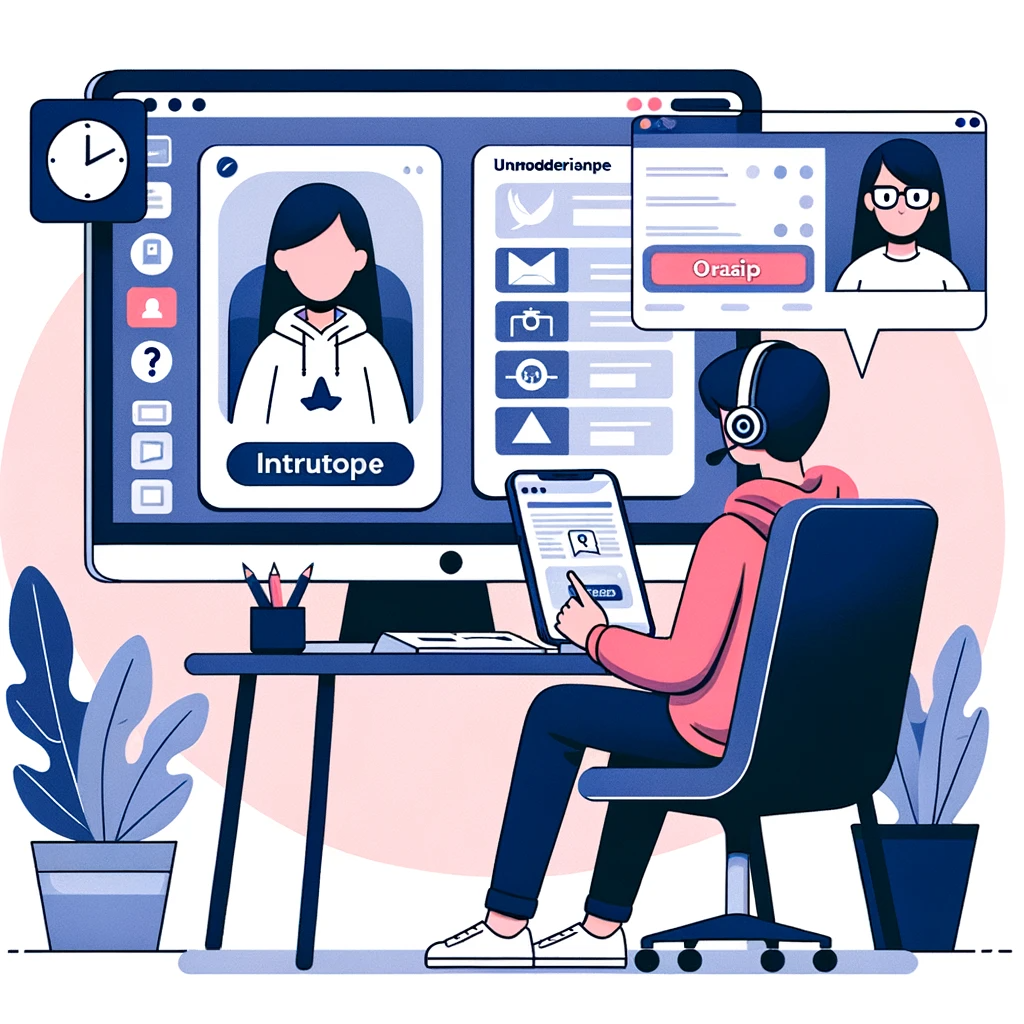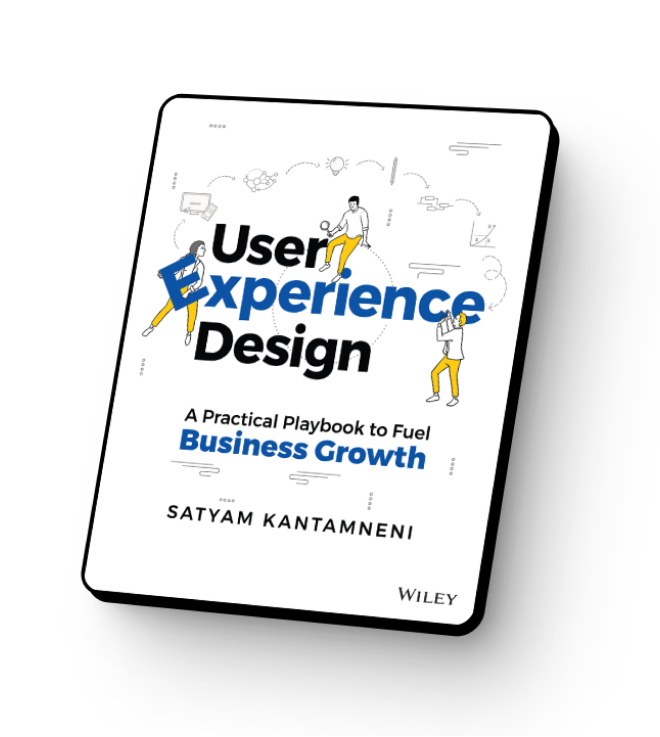You find yourself in a project kickoff or design review meeting, and I’d venture to guess that most of you have encountered these common questions (outlined below). I’ve certainly been there.
Chances are, this is a recurring scenario each week. Does this sound familiar?
Discovery Questions: Typically initiated at the outset of a project or during the design phase, these questions shed light on the fundamental aspects:
- What are the key objectives and motivations of our users?
- What are the most pressing problems we need to address for our users?
- What are the expectations of our users for our product or service?
- Which features hold the utmost importance for our users, and why?
During iterative designs, design reviews, or daily standups:
- Does this solution align with the users’ goals and expectations?
- Are there any usability issues, and how can we enhance them?
- Is the solution visually appealing and engaging to users?
- Is the content relatable and understandable to our users?
- What elements are absent from this new design?
- What do users think of this concept? Can they effectively utilize it?
Post-product launch teams often grapple with the following inquiries:
[congratulations, by the way on product release – you made it]
- How can we measure and benchmark the user experience?
- Are there any usability challenges in the live environment?
- What are the most critical areas for further iteration?
- What other opportunities are there for optimization?
- What other problems can we address?
These questions are just a few examples collected from my two decades of working alongside Product Managers, Marketing Managers, User Experience Designers, Copywriters, User Researchers, and Engineers.
I’m willing to bet that anyone working with Product Teams has either asked or been asked these questions in the past few weeks, if not days. Sound accurate?
So, what follows after these questions are posed?
The course of action post-question varies depending on the team and company culture, but it usually falls into one of these categories:
- A subject matter expert provides a comprehensive answer backed by data points and past experiences. These experts could be Product Managers, Design leaders, or Researchers.
- A somewhat vague response leaves most participants dissatisfied, sparking further discussion in meetings or Slack conversations.
- The team collectively recognizes the question’s significance, acknowledging the need for additional research to guide the decision.
Based on my extensive experience, I’ve observed option #1 to be true, albeit infrequently.
While we aspire to have definitive answers to all questions, the reality rarely aligns. Regrettably, option #2 tends to prevail, injecting risk into the project’s overall quality and timeline.
The Solution: Rapid Usability Testing!
There’s an array of user research methods available. Personally, I favor mixed-methods that integrate insights from diverse qualitative and quantitative sources. Whenever feasible, I strongly recommend that every researcher, designer, and product manager should strategize and outline a comprehensive research program.
However, the daily grind often limits us from orchestrating extensive research programs for every question.
Broadly speaking, we have three options:
- Only trust your instincts and design heuristics to formulate your best guess.
- Augment your instincts, experience, with rapid usability testing.
- Develop a blueprint for a mixed-methods user research program.
If possible, I urge you to plan for a #3 mixed-methods user research program. This approach largely eliminates guesswork, reduces risk, and empowers you to make confident decisions.
If not, some user insights are certainly better than operating in the dark. Recalling the challenges from two decades ago, usability tests used to entail enormous efforts to recruit participants, organize physical labs, grapple with cumbersome hardware for video recordings, with no notion of unmoderated self-paced usability tests.
That is not the case anymore. For the last decades I have worked with and know of many organizations and teams that execute on qualitative usability tests within days, sometimes as little as two days turnaround time.
The riskiest move is to rely solely on your best guess or personal experience alone. Allow me to clarify: I’ve personally traversed this path when circumstances necessitated decisions to be made to drive initiatives forward. As an executive, I understand the importance of making decisions, often prioritizing decisiveness over inaction. I really do. However, I acknowledge the inherent risks with that approach. As an executive, if I could mitigate that risk through rapid usability testing with a modest sample size, I’d readily embrace that opportunity.
Benefits of Rapid Usability Testing: ‘Why’ & ‘How do I fix it’
Qualitative usability testing, through direct observations of end users using your product or prototype can provide answers to some of the above questions.
At a minimum, they can:
- Inform your gut/instincts, to make a better-informed decision.
- Identify any high-level problems with the design/solution.
- Identify new opportunities and areas to work on
- Inform go-to-market activities
These usability tests can be conducted by an expert researcher in a matter of hours or days without sacrificing quality.
After two decades of executing UX research, it still amazes me how much value a simple, small sized, usability test generates for the product development organization. I would earnestly urge you to directly observe end users using your product and I am willing to bet you will learn a lot.
Qualitative research is really good to generate empathy for end users, understand the ‘why’ behind a challenge and generate ideas for ‘how do I fix this’.
A Word of Caution: Small Sample Size Usability Testing Is Not an All-Encompassing Solution!
Acknowledge the limitations tied to usability testing with a small sample size. It doesn’t provide definitive answers in all situations; a small sample size naturally entails a broader margin of error.
Therefore, exercise caution and refrain from:
- Presenting indisputable answers to all questions— a small sample size entails a wider margin of error by definition.
- Exclusively relying on a single round of qualitative usability testing as the sole truth for monumental decisions. Instead, I advocate a mixed-method research approach that triangulates insights from qualitative and quantitative methods.
Interested in fast, actionable insights to answer questions like these via Rapid Usability Testing services? Leave the heavy lifting to us while you concentrate on delivering exceptional user experiences.
–> Talk to us for Fast, Agile, and Actionable Insights through Usability Testing <–
Rapid Usability Testing One Pager (PDF)
Related resources:
From Guesswork to Groundwork: User Research Lays the Foundation
https://uxreactor.com/user-research-for-product-market-fit/
Usability Testing 101
https://www.nngroup.com/articles/usability-testing-101/


